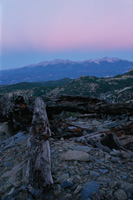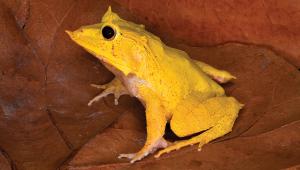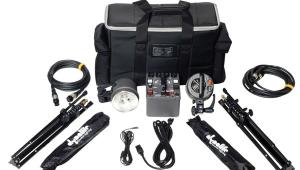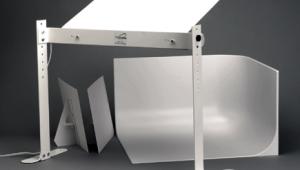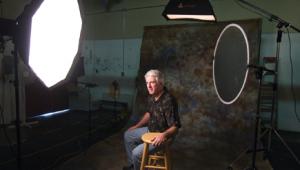Earth's Shadow
Wait For The Right Light
In the Western US, sunrise
and sunset photography can often be especially challenging because there
aren't any clouds. Without clouds or haze, the sky simply fades
from a very pale, burnished blue to gray. No drama. No flash of color.
No spectacular light show. Nothing to add drama and interest to a photograph.
|
|||
Catching The Light Metering Options |
|||
Long Exposure Times Failure Of The Law
Of Reciprocity |
|||
Tech Data Guides |
